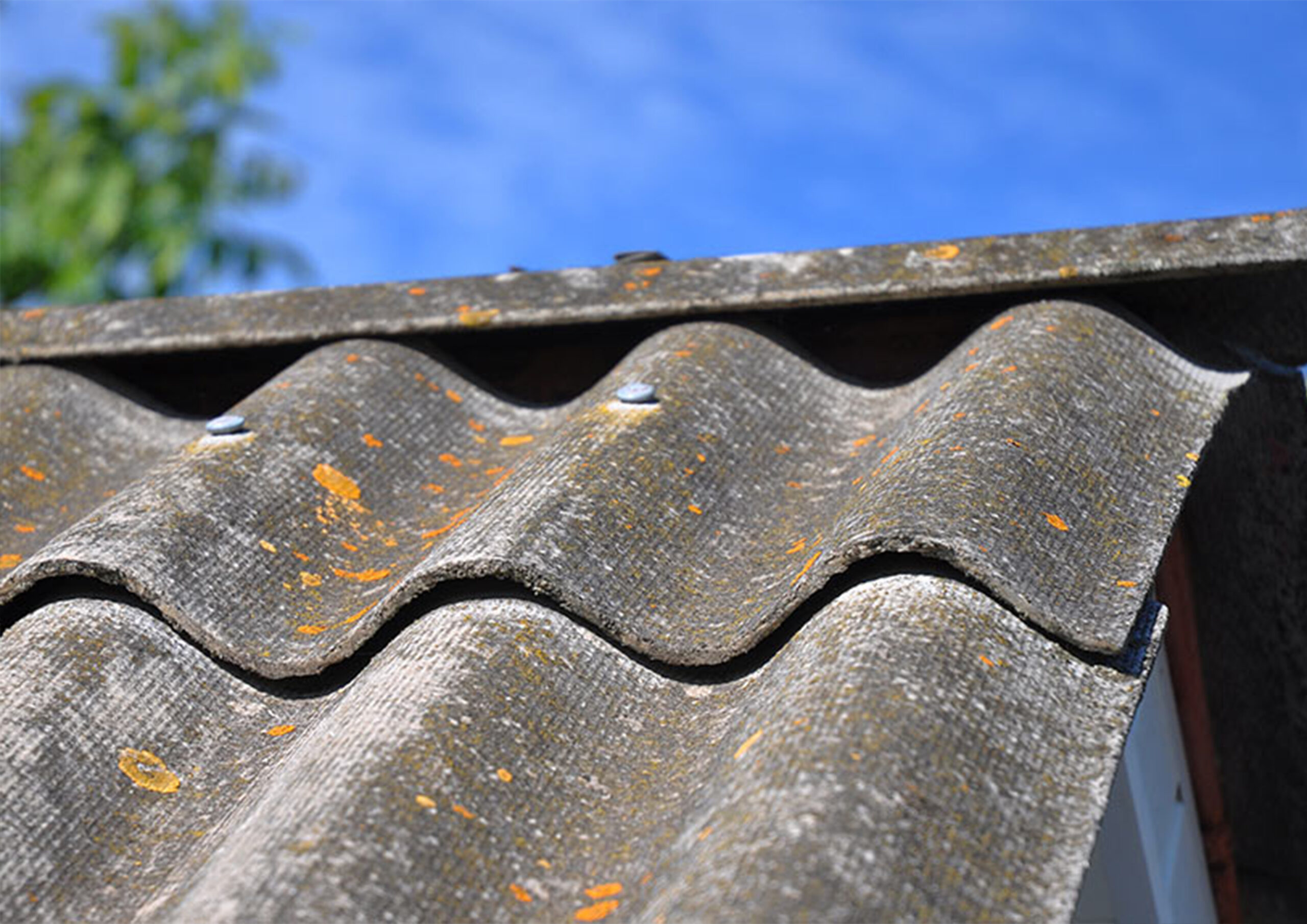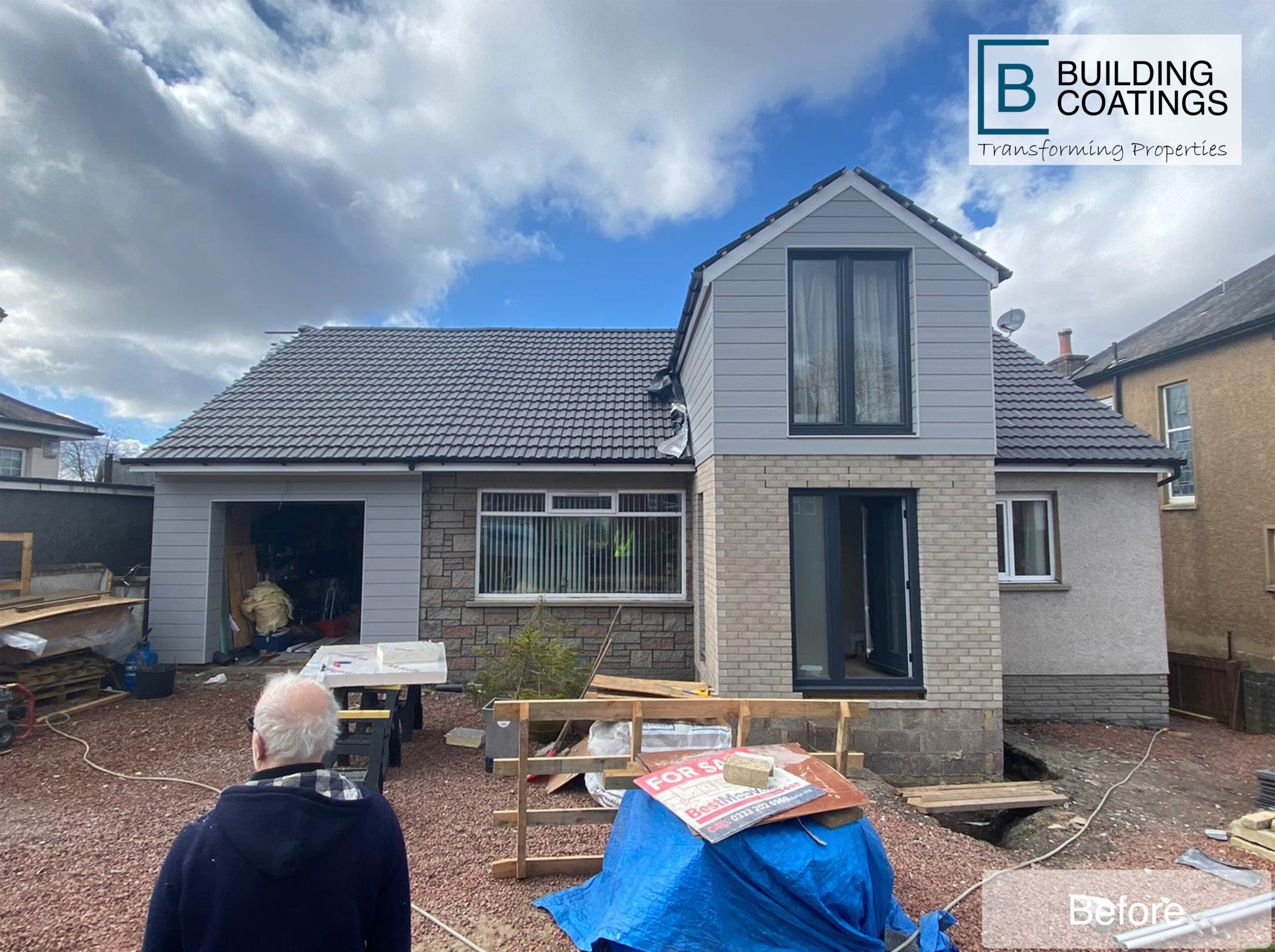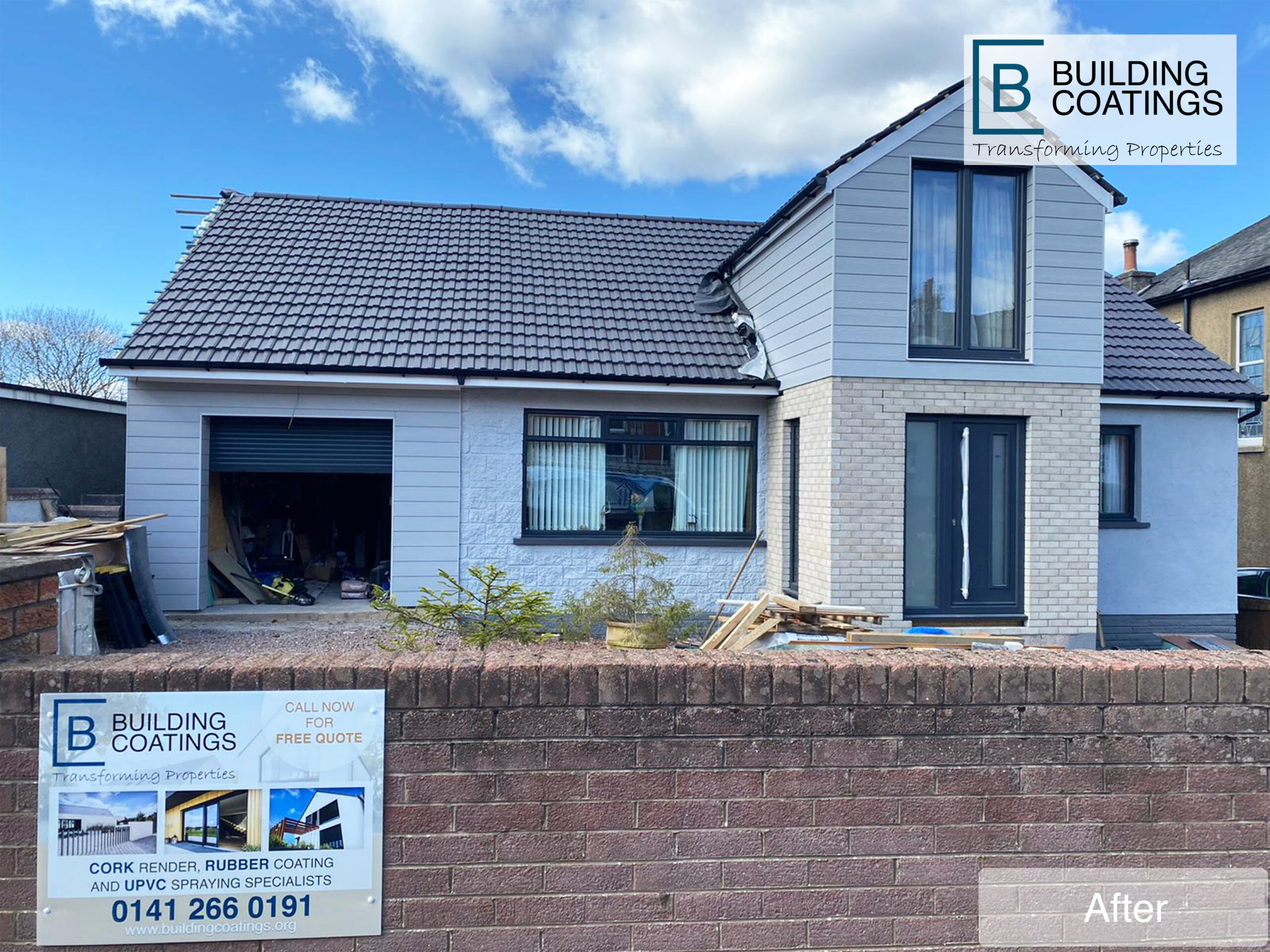
Cork Spray Render
What is a Cork Spray Render?
Recommended by Kevin McCloud presenter of TV’s Grand Designs, it offers an eco-friendly and high performance alternative for plastering and roughcast render.
Cork is taken from the cork oak tree but no trees are harmed. Instead, the bark is stripped away and this releases oxygen into the air, which reduces carbon dioxide in the environment.
Incredible for the planet. The tree’s bark grows back each time. So, it’s a sustainable resource (unlike quarried materials).
Going beyond green!

Key Features

High Durability
Highly durable and extremely weather resistant. With an expected lifespan of over 20 years, they last much longer than masonry paint and are much more cost-effective than re-rendering

Thermal Performance
Strong thermal insulator, which reduces thermal bridges. Reducing heating costs!

Stylish Finish
Our coatings come in a range of colours and can cover your home to create a stylish, modern and uniform finish. Cork’s natural resistance to algal and fungal growth means it also looks cleaner for longer

Damp Proofing
Our coatings form a water repellent layer, preventing rising damp entering the building through the external walls

Eco Sustainable
Made from sustainable resources, our coatings are energy-saving and environmentally responsible. The cork used in our products contributes significantly to CO² absorption and the battle against climate change

No More Unsightly Cracks
The natural flexibility of the cork means it can resist cracking and stop current hairline cracks opening up further
Heating Bills Reduced by up to
%
Asbestos and Cement
Asbestos Encapsulation
Asbestos encapsulation is a revolutionary system which offers structural stabilisation, waterproofing and can also increase thermal efficiency for your roof.
Our system has been specifically developed for asbestos cement sheet roofs. These sheets were heavily used in the roofing industry for many years due to their high tensile strength, insulation and fire-retardant properties.
Coating an asbestos roof in cork, eliminates the need to dispose of used asbestos, which is a costly and time-consuming process that is subject to stringent control measures.

Gallery


